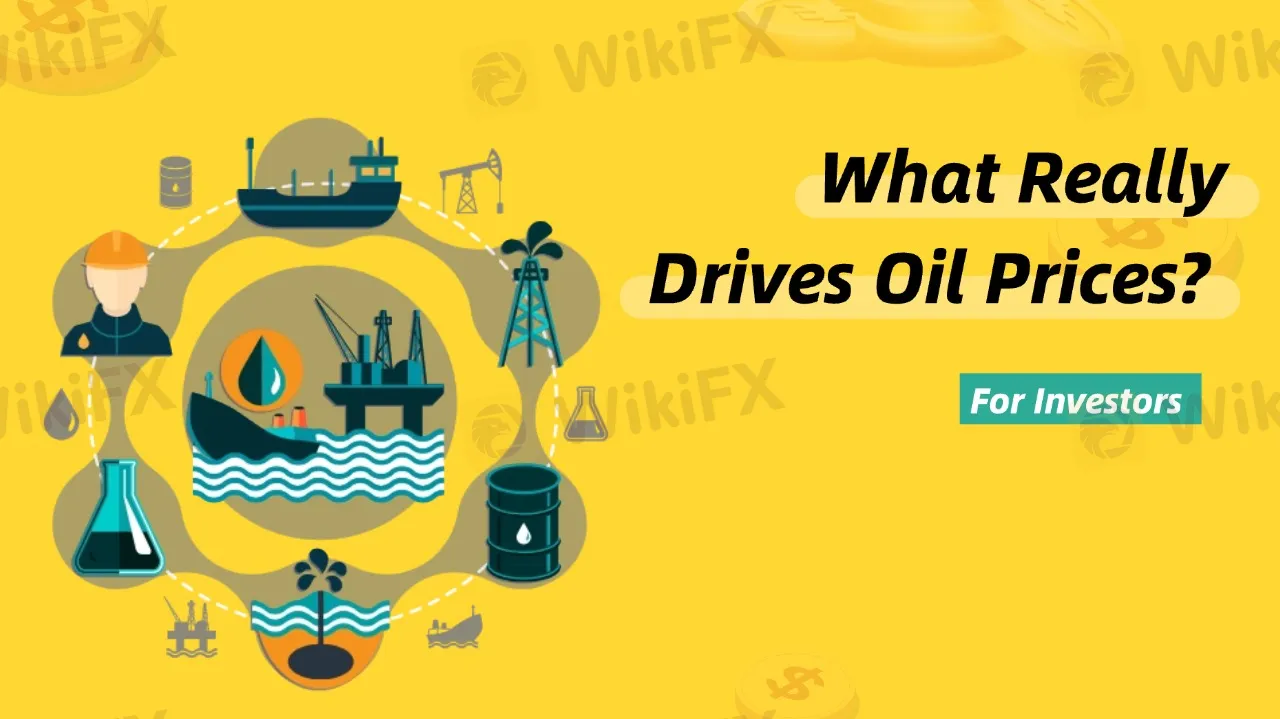What Really Drives Oil Prices?
Abstract:For investors, fluctuations in oil prices represent both opportunities and risks. Understanding the factors behind these price changes can help investors make more informed investment decisions.

To grasp the reasons behind oil price changes, it is essential to keep an eye on key reports and data. The American Petroleum Institute (API) and the U.S. Department of Energy (EIA) release weekly reports on oil supply and demand, particularly concerning oil inventory changes. These reports inform investors about the current market conditions and the potential direction of oil prices.
Additionally, OPECs production decisions and the political situation in other countries are also crucial. Investors need to closely monitor this information, as it can lead to rapid changes in oil prices. If oil inventories decrease or OPEC decides to cut production, oil prices are likely to rise; conversely, if inventories increase or production is raised, oil prices may fall.
Oil price fluctuations are not determined by a single factor but by the combined influence of various elements. OPEC has a significant impact on oil prices, as its members adjust production quotas to influence global oil supply. Reducing production typically leads to higher oil prices, while increasing output could cause prices to drop. Moreover, political events in the Middle East, such as wars or economic sanctions, often disrupt oil supply, pushing prices higher. U.S. oil inventories and production also play a vital role, with weekly reports reflecting supply changes that influence oil prices. As alternative energies like solar power and natural gas rise in prominence, oil faces growing demand pressure, which could put downward pressure on prices. Global economic performance and industrial demand are also key drivers, with oil prices rising during economic growth and falling during slowdowns. Seasonal factors, such as increased gasoline demand in summer or heating oil demand in winter, can also cause oil price fluctuations.
In summary, oil price changes result from a combination of factors, including the policies of producing countries, geopolitical events, the threat of alternative energies, and the overall performance of the global economy. Investors need to monitor these factors closely, especially important supply and demand reports and political developments. By understanding these dynamics, investors can better predict oil price trends and make informed decisions. For ordinary consumers, staying informed about oil price changes can also help manage the impact of price fluctuations on daily life.

Read more

XS.com Launches AI Insights to Transform Trading Behavior
XS.com introduces AI Insights, a tool to detect trading biases, enhance strategies, and boost profitability. Exclusive to VIP clients, powered by Hoc-Trade.

FTMO Acquires OANDA: A Game-Changer for Prop Trading and Forex
FTMO acquires OANDA, merging prop trading expertise with retail Forex dominance. Discover how this deal reshapes trading and risk management.

Success and Failure Lie in Leverage
In forex trading, leverage is a very important concept as it allows you to control larger positions with a relatively small amount of capital. Of course, this also means that the risks are increased.

Top Regulated Forex Brokers with Prop Trading Options
Know the top regulated Forex brokers offering prop trading options. Learn about challenges, psychology, and the best programs for trading success.
WikiFX Broker
Latest News
Top Regulated Forex Brokers with Prop Trading Options
Forex Regulators Around the World: Who’s the Strictest?
What Happens When a Broker Goes Bankrupt?
Woman Scammed Out of RM200,000 in Investment Fraud
XS.com Launches AI Insights to Transform Trading Behavior
Why Do Some Brokers Block Your Withdrawals?
FCA Cautions Against ALT-COINFX
Unlocking the Secrets of Prop Trading: How to Succeed in Proprietary Trading Firms
Tether’s $13B Profits in 2024 Amid UK Regulatory Scrutiny
Philippine Authorities Bust Manila Online Scam Farm, Arrest 100
Rate Calc
